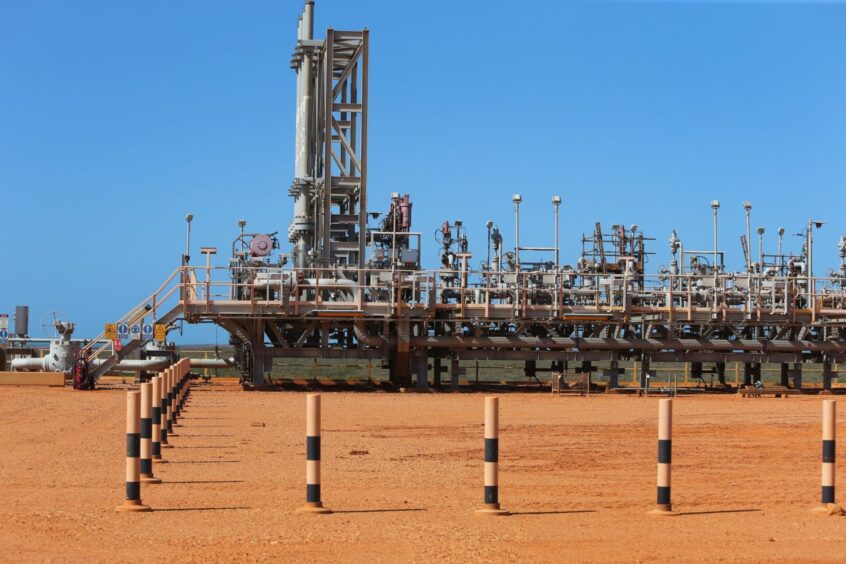
Sultan Ahmed Al Jaber is the President-Designate of the upcoming United Nations climate summit in Dubai, or COP28. He’s also head of the Abu Dhabi National Oil Company.
Recently he said “we have to change course to address climate change,” a familiar mantra for a fossil fuel industry that’s expressed solidarity with net-zero goals.
Carbon capture technology has long been the industry’s favoured solution. But Big Oil’s investment in it has been slow and largely aimed at helping produce more fossil fuels.
In the mini-documentary Carbon Capture’s Reality Check, Bloomberg Originals explores the technology’s potential, its shortcomings and why fossil fuel giants have championed it.
According to the International Energy Agency, if the world is to achieve net zero by 2050, 30 times more point-source carbon capture—where CO2 is removed at its source—will be necessary by the end of this decade. Meanwhile, in 2022, the technology captured just 0.1% of global emissions.
Disappointing deployment of carbon capture has been global. Large and expensive projects from Australia to North America have failed to meet expectations. A Bloomberg Green investigation revealed that the Century, a point-source carbon capture plant in Texas built by Occidental Petroleum Corp., never operated at more than a third of its capacity. Technology wasn’t the issue, but rather economics. Its operation was tied to natural gas prices: when commodity prices cratered, Occidental sold it off.
In Carbon Capture’s Reality Check, we show why the way in which CO2 is captured is paramount to the controversy. If carbon capture facilities are only built so fossil fuel companies can use it as a lubricant to revive aging wells, it will run counter to the renewable energy transition.
Recommended for you
